Discover our e-shop and access a digital catalogue of over 40.000 design products.
Go to shop29 January 2025
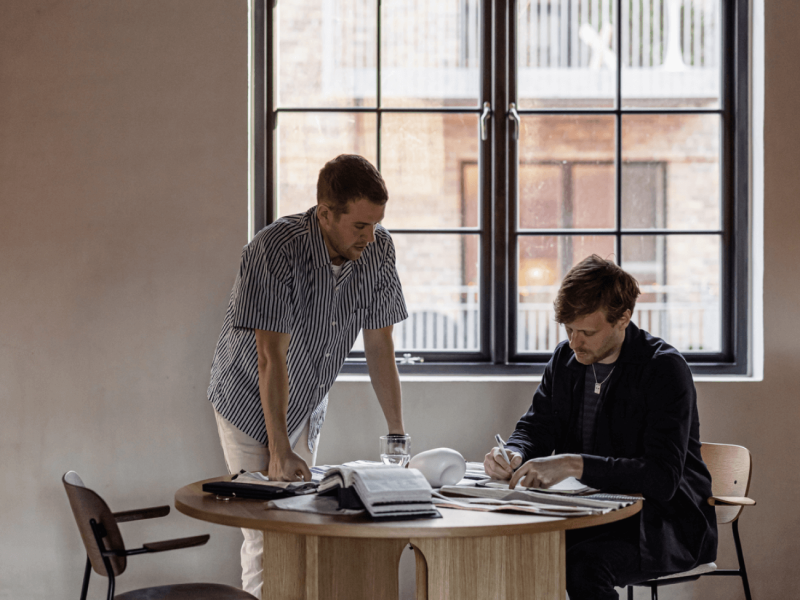
From furniture to lights, passing through aquatic installations in the city: this is how a young and established studio from Copenhagen works.
Emil Krøyer and Mads Sætter-Lassen trained at the Copenhagen Academy and founded their studio in this city. They are therefore at the heart of the Scandinavian project that they interpret and cross in a lively and contemporary way. Among their collaborations are the brands that best embody the most current version of Danish design such as Audo Copenhagen and Frama and as they themselves say, the nourishment for their design projects also comes from art.
What is your background and how did your studio was born?
We studied together at the Danish School of Design at the Royal Academy in Copenhagen and we were in the same year, we became friends and over time we started to comment on each other’s projects, with great honesty and to do some projects together finding it more fun to do teamwork rather than individual work. The first project we did together was the Eiffel lamp for Frama, we were still studying and starting to look for collaborations. Since then, we have continued to work together and after graduation we opened our own studio.
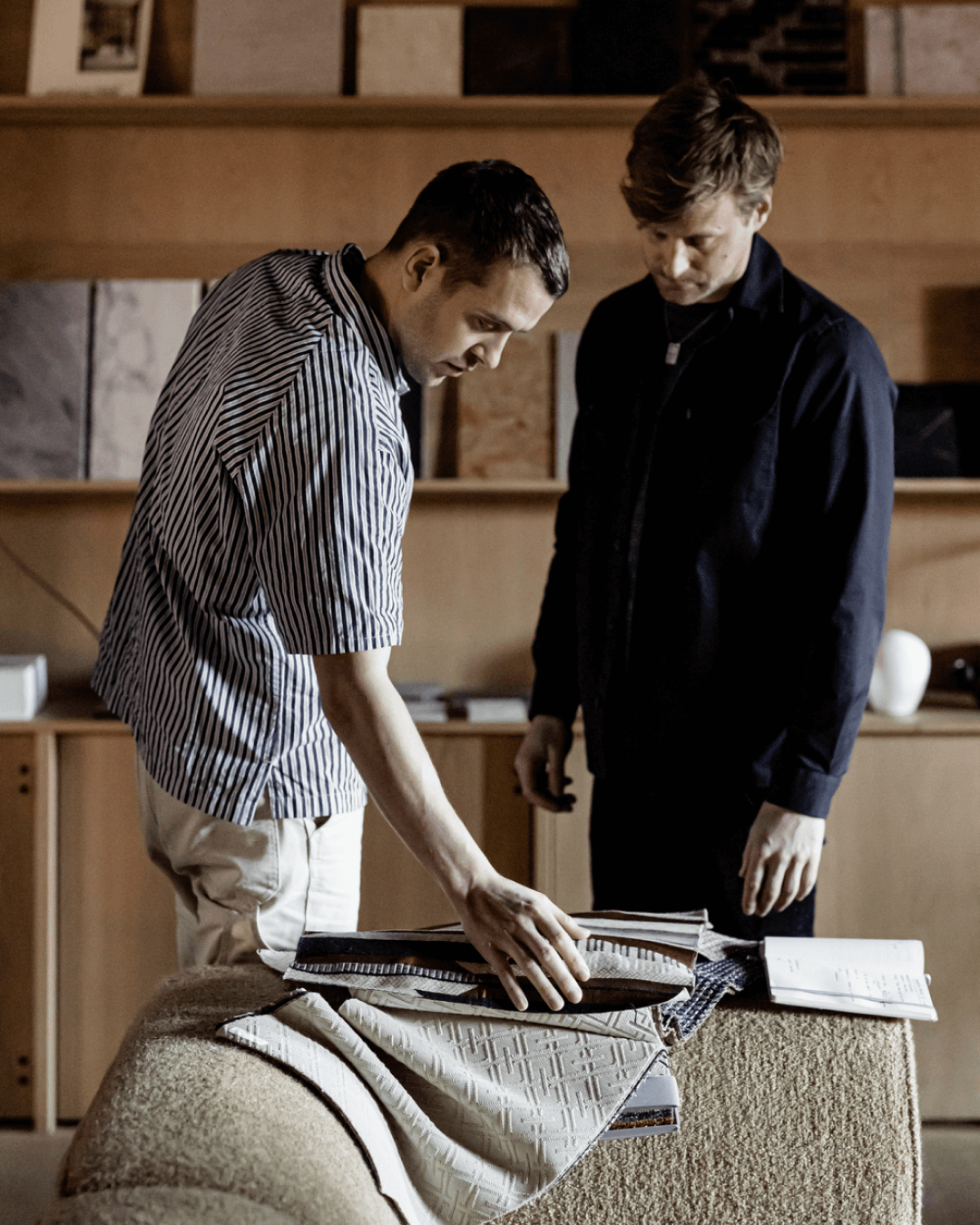
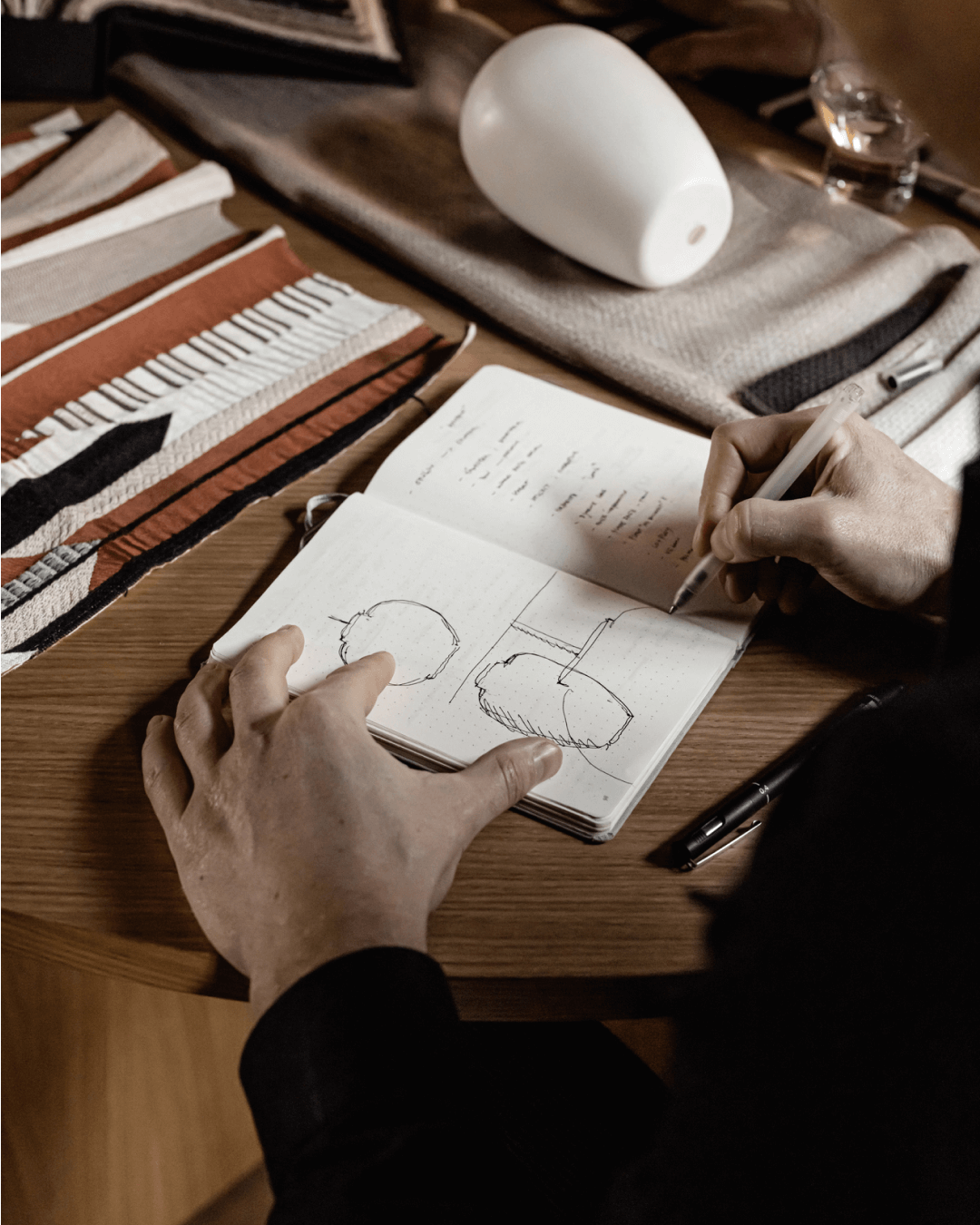
What in particular did the Copenhagen school transmit to you?
Definitely a strong sense of materiality because it is a school that is based on laboratories, for example for metal and wood processing, and it is an approach in which you experiment a lot and people evolve in this way. I think that art school is like this: a place where you experiment and where you also make many wrong projects, where the priority is not so much finding the perfect solution as knowing yourself and the design process which does not consist in having the right idea straight away but in persevering until you find it. It’s not the light bulb that lights up like in cartoons – unless you’re very lucky – and school must teach you to be in the creative process, which can sometimes be frustrating.
With Audo Copenhagen you have designed more than one collection of lamps. In your opinion, what are the priorities of lighting design?
In Scandinavia at this time of year it is very dark outside, there are few hours of light and when the weather is overcast it is practically absent. In general, working with light can be very different depending on the spaces and in homes it is also about creating an atmosphere. The lamp must be beautiful to look at but also must provide the right light, just like a chair you must be able to sit on it without hurting your back but it also has to be beautiful. I would say that creating the atmosphere is a priority in the case of light. For example, the Tubulaire lamp for Audo Copenhagen is designed for the contract sector and therefore for restaurants and hotels but it also works in homes, for example in a kitchen as a small candelabra above the table.
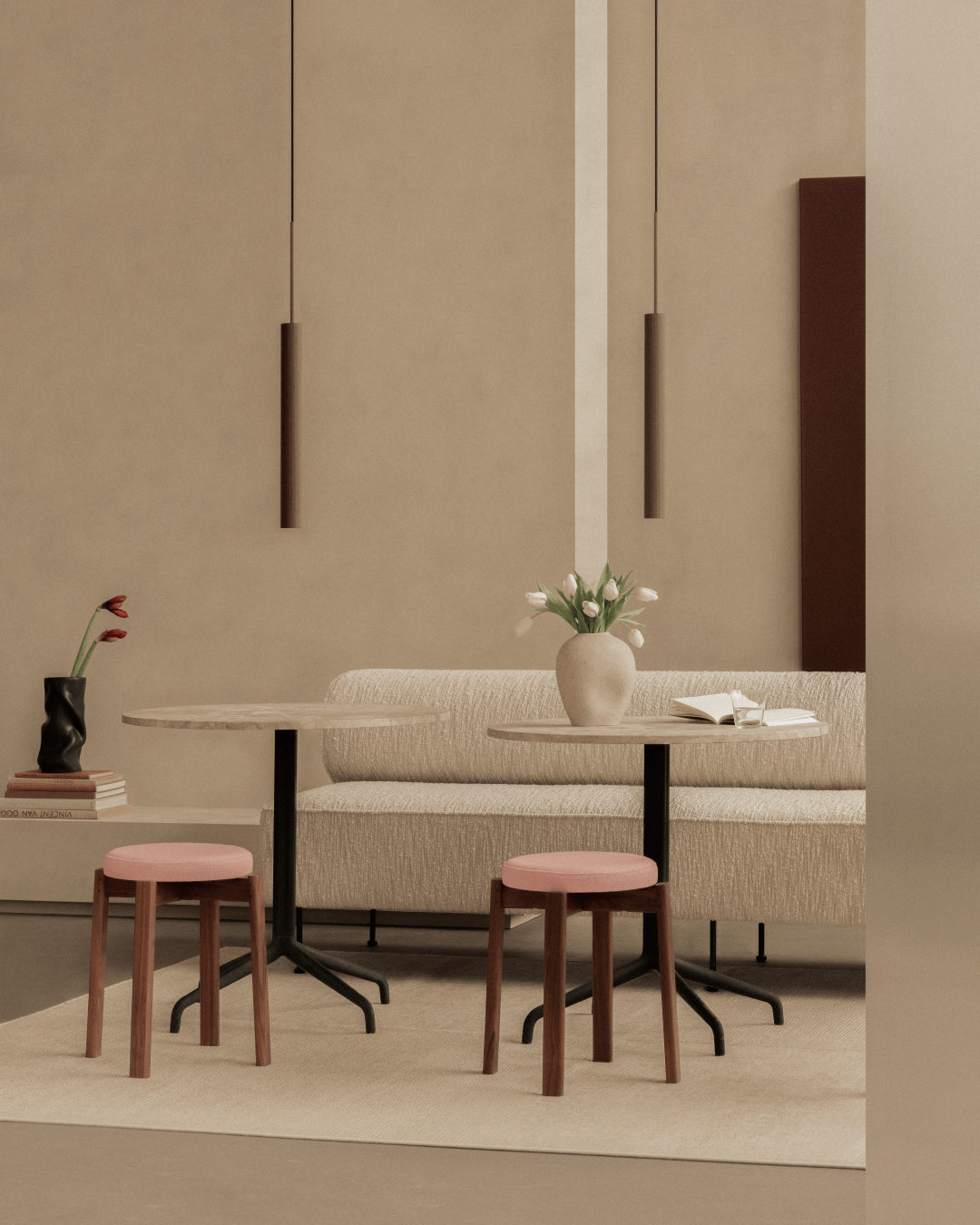
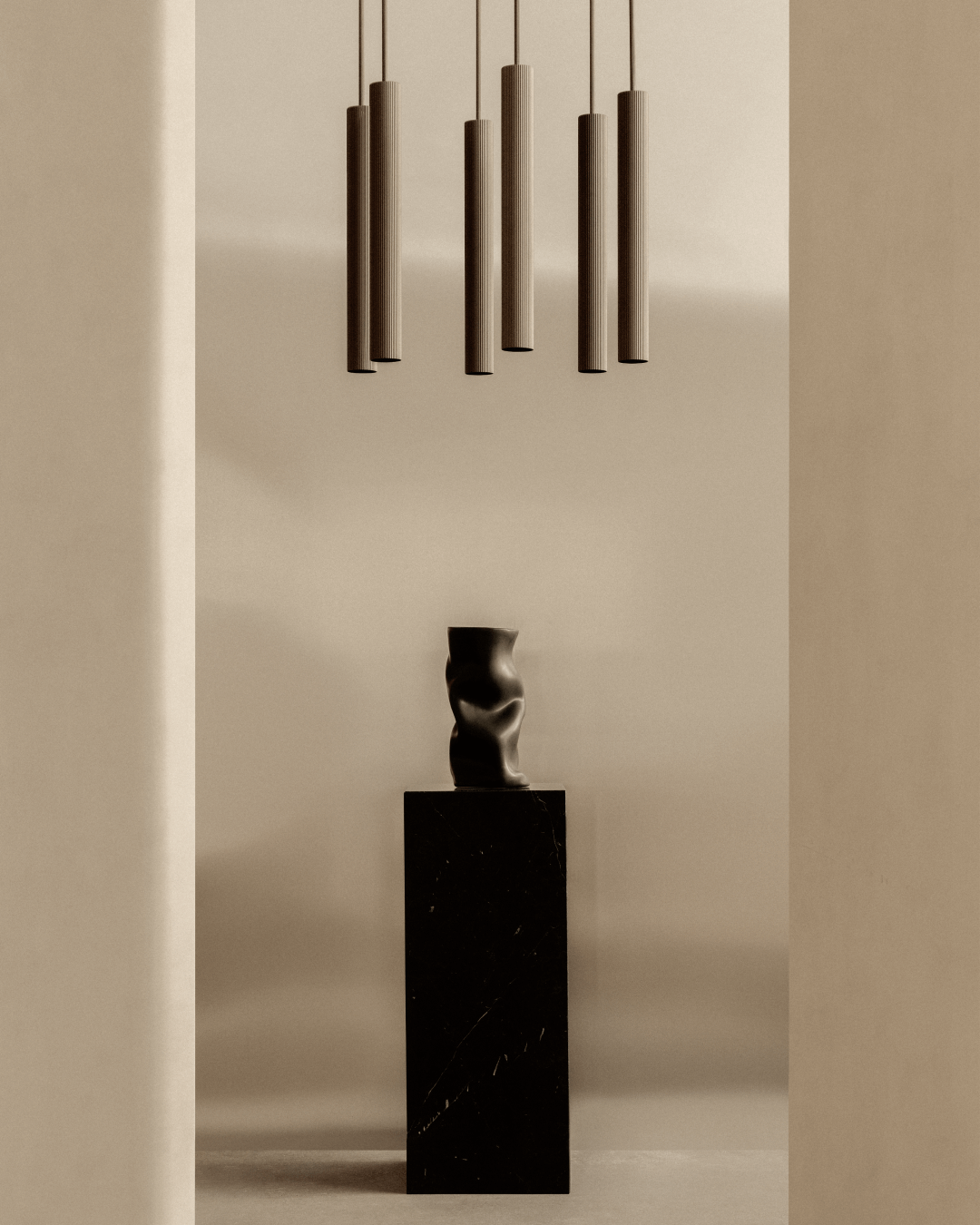
For the same company you have also designed candle holders, and this is interesting because it is an ancient object interpreted in a modern way. How do you approach these projects?
Candlelight is something that I personally appreciate a lot, almost every evening I have at least one candle lit in some corner of the house, it is a very delicate element to introduce into the space. The Flambeau with the lampshade at the back almost recreates a lamp but compared to it it is more alive because a breath of air is enough to make the flame move. It is very delicate and fragile in a certain sense and there is also a connection with the past, but I believe that, as human beings, we are still attracted to fire and other natural elements. The company asked us to design a candle holder but in general the relationship we have built with it is such that the exchange of ideas is a continuous flow. And dialogue is also the way of working within the studio.
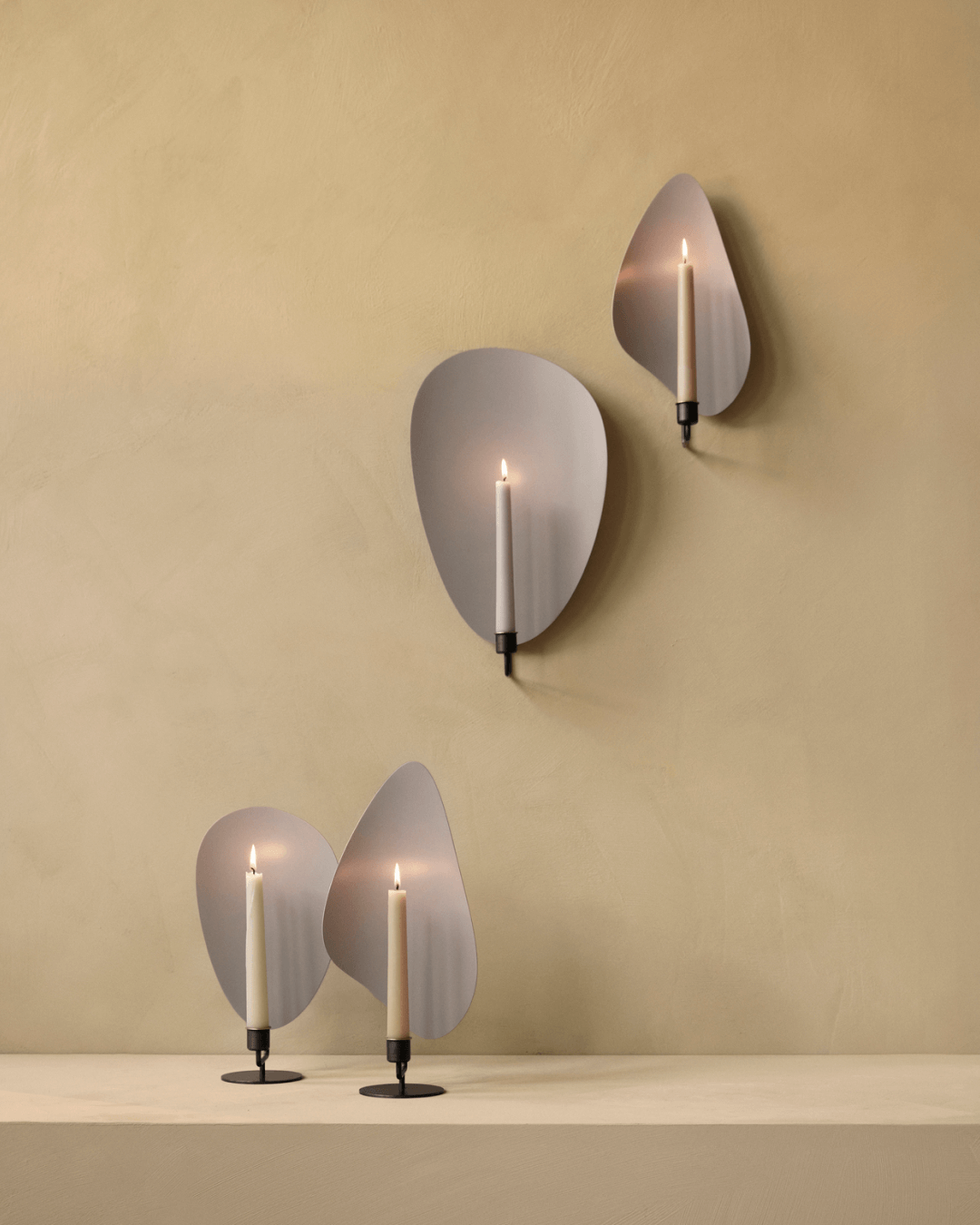
In your curriculum there is also the project for a fountain as part of the Distortion 2024 exhibition, what did it consist of?
It was almost an ambition of ours, for a while, to create a fountain. We are both interested in art and history and fountains have played a particular role in history. I also think of Rome where fountains have always been social places and spaces where the flow of water makes the air fresher.
There has always been a social aspect to fountains, in big cities they are a place to visit with the family. Our idea was to strengthen this social aspect and involve strangers too: there are two buttons that, if pressed at the same time, generate a much higher and more spectacular jet of water.
So, you must coordinate with a person, even a stranger, to activate it. And it was very interesting for us to observe how people of different ages, who didn’t know each other, connected thanks to this mechanism. We recently did another project of this kind, in the harbor of Copenhagen, for the Danish Architecture Center and I hope that in the future there will be other opportunities to do projects with water.